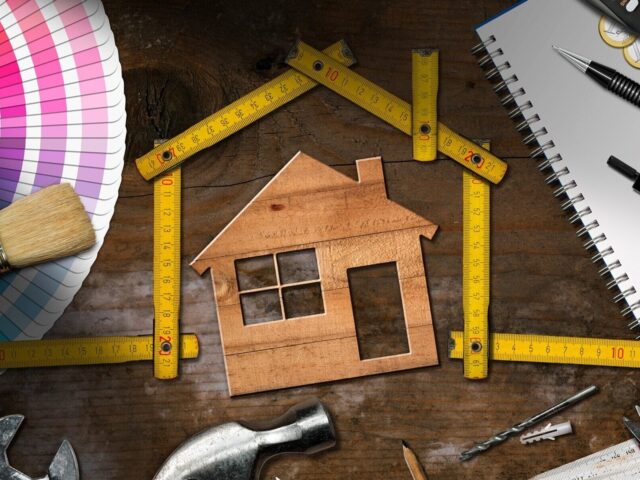Home Equity 101: How to Use the Value of Your Home for Large Expenses
Share
You’ve probably heard neighbors, friends, or family members mention their second mortgage or talk about the home equity line of credit they just secured. If you’ve simply nodded your head in confusion, you could be missing out on an opportunity to leverage your home’s value to pay for a big-ticket project or address an emergency financial situation. Let’s review the basics.
If you're wondering how the entire process of buying a home works, read our Complete Guide to Homebuying on a Budget. This invaluable resource offers everything you need to know about buying a home, from setting your budget to move-in day.
What is home equity?
Home equity is the difference between the appraised value of your home and the amount you still owe on your mortgage. That difference in value can be borrowed in the form of home equity loans or home equity lines of credit. The home equity loan and line of credit have unique advantages, fees, qualifications, and intended purposes. Every financial institution is different, but typically a lender will not allow a borrower to exceed 80 to 85 percent of his or her home’s value, and it is important to know that in both cases your home is the collateral for the borrowed funds. Some financial institutions may allow you to borrow more, even up to 100 percent, so shop around and explore your options.
Home equity is the difference between the appraised value of your home and the amount you still owe on your mortgage. That difference in value can be borrowed in the form of home equity loans or home equity lines of credit.
When can I access my home’s equity?
The answer is simple. As soon as you have equity in your home, you can leverage that value with a home equity loan or line of credit. The only waiting period that you will have to endure is the closing, which could take anywhere from 30 to 45 days.
What is a home equity loan?
A home equity loan, sometimes referred to as a second mortgage, is distributed in one lump sum, thus making it ideal for renovation projects or paying for a one-time event such as a wedding. Additionally, some choose to pay off high-interest-rate credit card debt, thereby transferring the debt to a lower-interest option and consolidating multiple payments into one simple monthly expense.
Another advantage of the home equity loan is that it typically carries a fixed interest rate. With a fixed rate, you’ll know exactly what your payments will be throughout the life of the loan and can create a predictable monthly budget to meet your payoff goal.

We might be able to help with a home equity loan with special rates.
What is a home equity line of credit?
A home equity line of credit differs from a home equity loan in that it operates like a credit card and allows you to borrow funds as needed up to the full amount of your qualifying credit line. That’s something to consider for emergencies or for funding short-term needs. You can use as much or as little as you like, making the home equity line of credit an extremely flexible option for borrowers. This flexibility could be risky if you are not especially disciplined when it comes to your finances. A home equity line of credit has a draw and a repayment period. As the name implies, the draw period is when you have access to the funds in your credit line. Once the repayment period begins, you will lose access to those funds. With a home equity line of credit, it’s especially important to have a detailed repayment plan in place. It’s not uncommon for your minimum payment during the draw period to include interest only and increase during the repayment period when you begin paying on the principal. Opting to pay principal above the minimum during the draw period could help distribute payments over the life of the line of credit.
Borrowing from your home’s equity to pay for college tuition, a kitchen remodel, or even an unexpected emergency can be a helpful resource. Like any borrowing situation, it’s important to have a detailed plan in place to pay off the loan and ensure a disciplined approach to your monthly budget.
Find out if a home equity loan or line of credit is right for you. Call us at 800-666-8811 and choose option 4, email us at loansalesspecialists@memberonefcu.com, or stop by one of our retail centers today.
You May Also Like

The question for owners becomes what home projects should be first on the list?

As you plan your home improvement to-do list, you’ll no doubt begin to see the updates, renovations, and maintenance project costs add up. Consider these options for funding your next project.